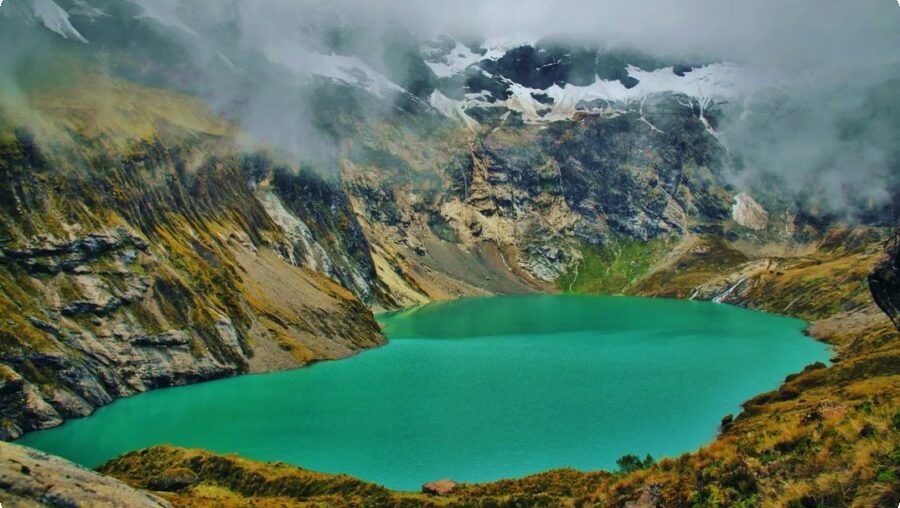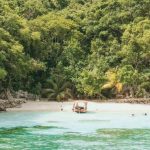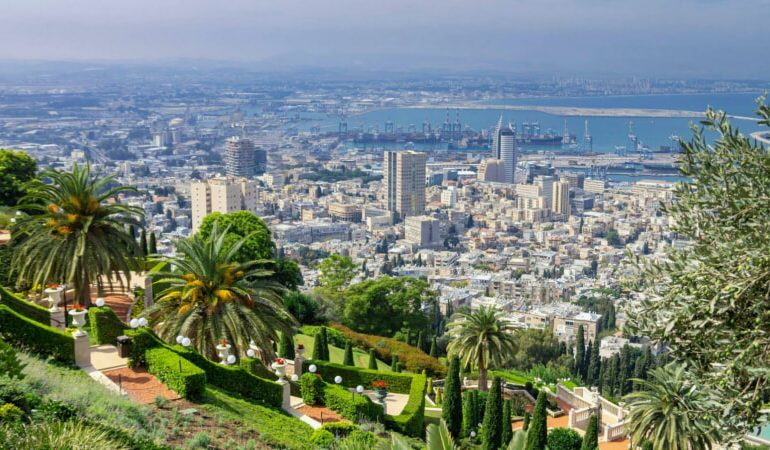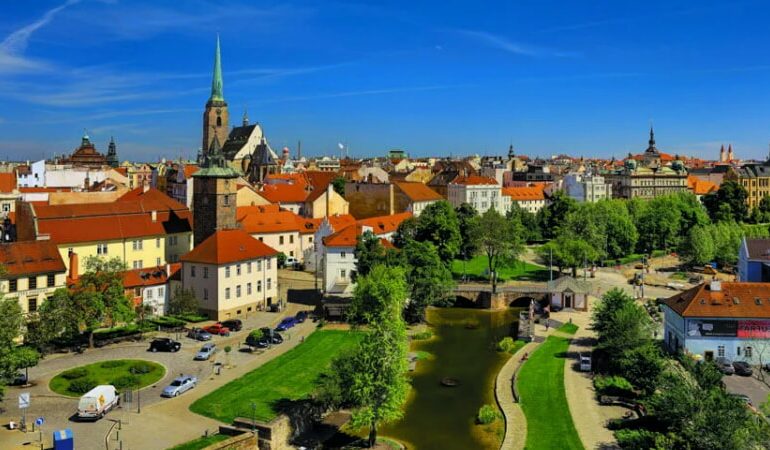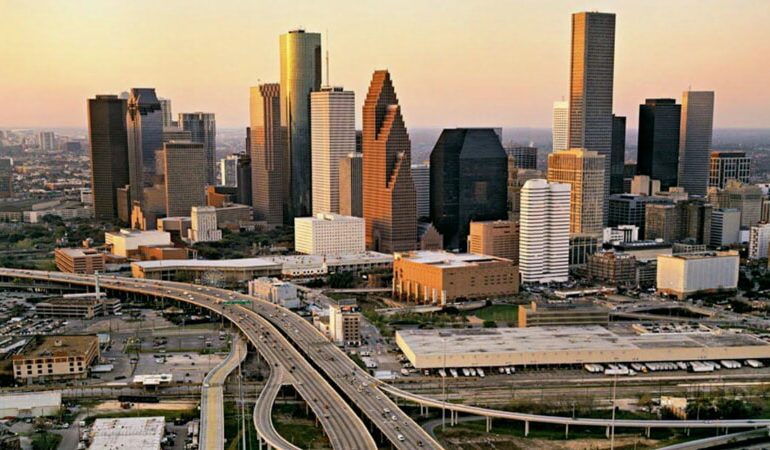Ecuador has an eclectic list of UNESCO World Heritage Sites, ranging from the colonial city of Cuenca to Sangay National Park, which is home to the world’s largest butterfly collection. The natural beauties are perfectly admired when driving around on a hired car. These sites will give you a chance to explore some of Ecuador’s history and natural wonders especially if you use a local guide for excursions in Ecuador!
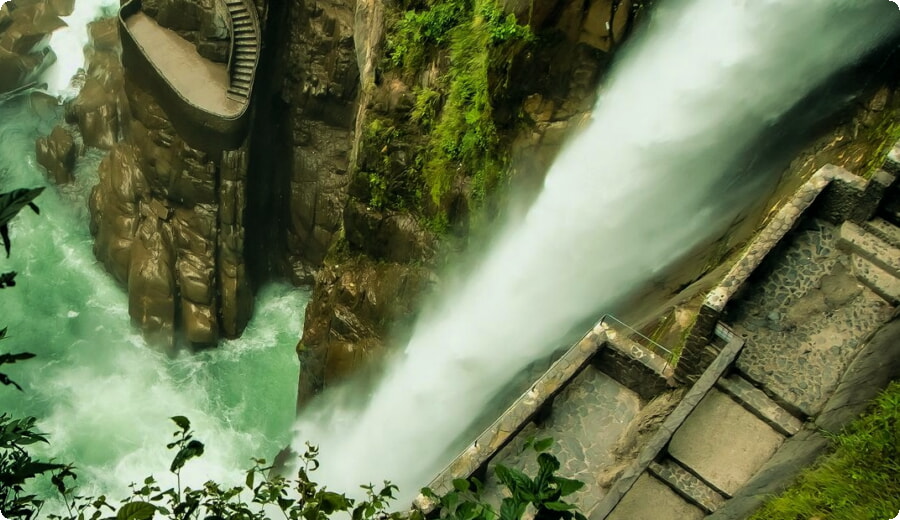
Ibarra – Historic Centre and Park, a Cultural Landscape
Ibarra is a city in northern Ecuador and the capital of Imbabura Province. It’s located at an altitude of 3,043 meters (10,000 feet) above sea level. The historic centre has been designated as a UNESCO World Heritage Site because it contains many buildings from the 18th century that are well preserved. Most notable among these are three churches: Santo Domingo Church, La Merced Church and San Juan Bautista Church (also known as La Compania).
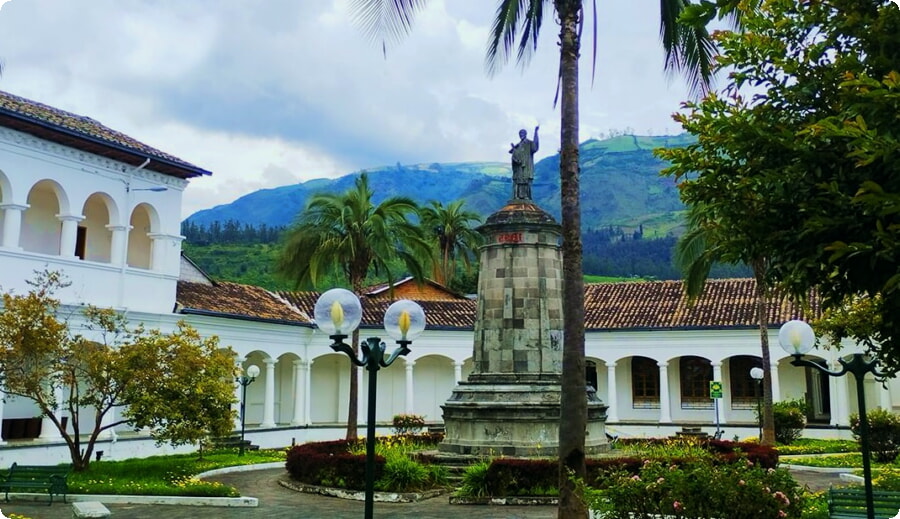
The city has been modified over time; however much remains intact including its main square called Plaza de la Independencia which features fountains and statues depicting the independence movement from Spain during the 19th century when it was declared an autonomous territory within Gran Colombia by Sim n Bolvar .
Cotopaxi National Park
Cotopaxi National Park is a national park located in the Andes Mountains of Ecuador. The park was created in 1975 to protect Cotopaxi Volcano, which lies inside its borders. It contains Cotopaxi Volcano, which rises above sea level and is one of the highest active volcanoes in the world. The park also protects two other mountains: Rukuwai (5405m) and Pichincha (5030m).
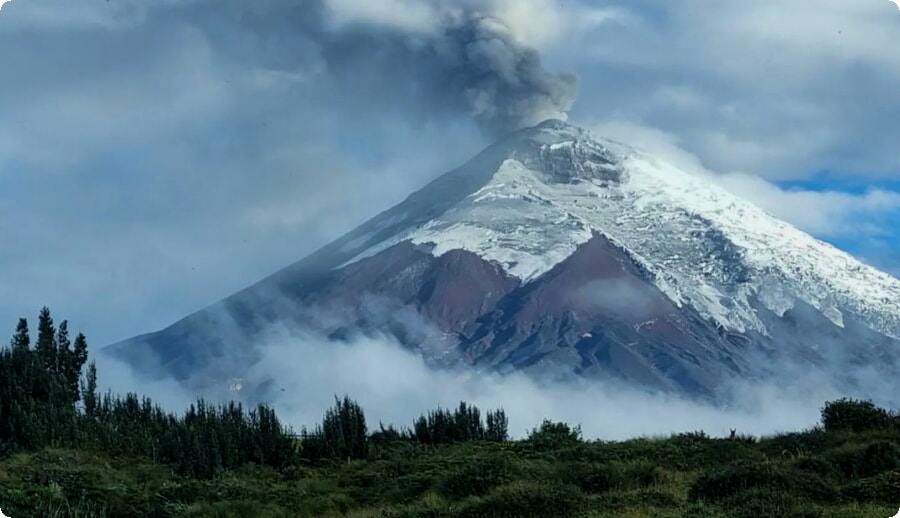
The park includes an area known as “La Galera” where visitors can see lava flows from recent eruptions without having to climb up any mountainsides themselves; this area has become increasingly popular with tourists since it opened as part of an expansion project that took place between 2001-2003 under President Jamil Mahuad’s administration.
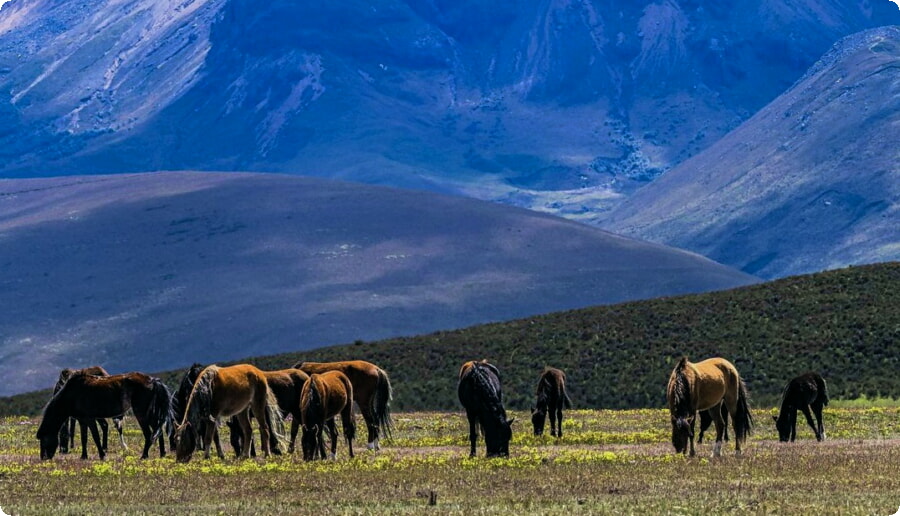
Cuenca – Historic Centre and the Churches of the Andes
Cuenca is the third oldest city in the Americas and a UNESCO World Heritage site. It has been named a Cultural Heritage of Humanity by UNESCO because of its beautiful churches and colonial architecture. The Historic Centre of Cuenca was declared as such in 1992 due to its rich cultural heritage, which includes:
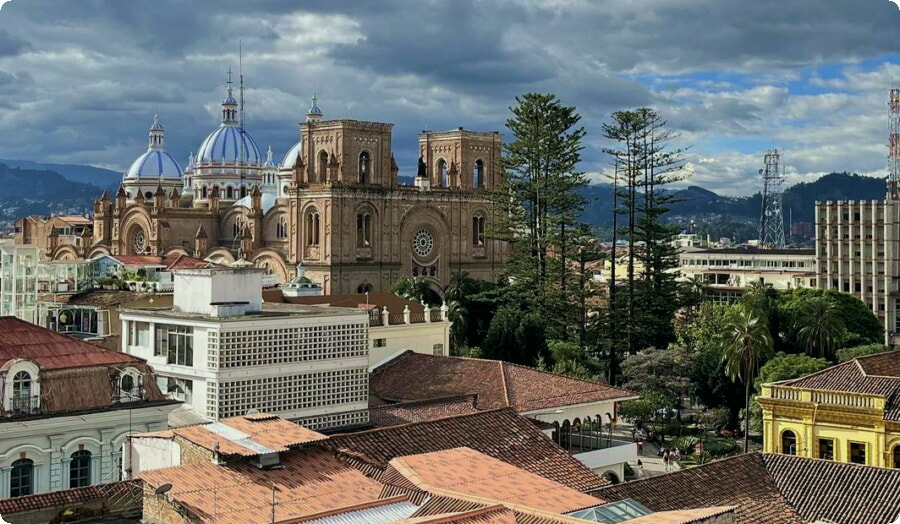
- The Cathedral Church (Catedral de Santa Ana)
- The San Sebastian Parish Church (Iglesia Parroquial de San Sebastian)
- Several convents including Santa Clara Convent, La Merced Convent, San Francisco Monastery and others.
Salasaca – Sanctuary of the Virgin del Valle
Salasaca is a small town in the province of Canar, Ecuador. It’s located about 80 kilometers (50 miles) northeast of Quito and 40 kilometers (25 miles) south of Otavalo.
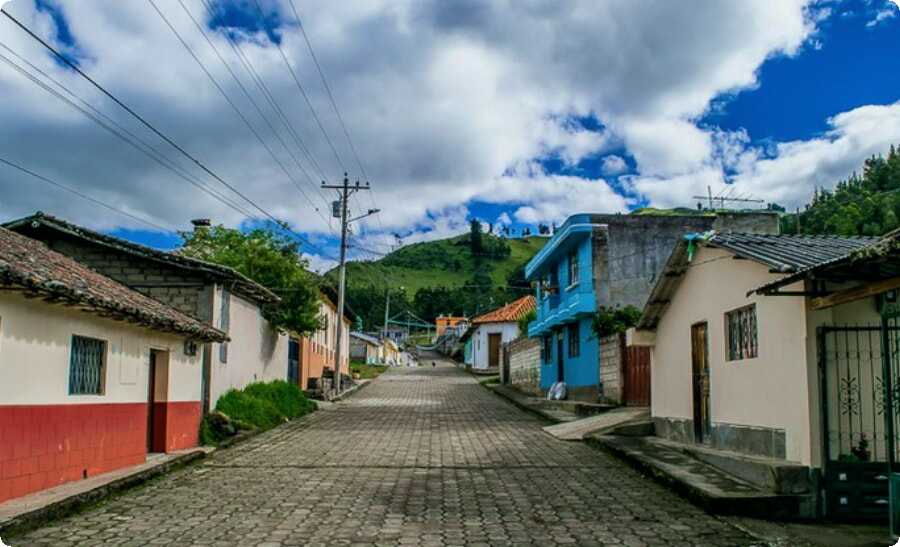
The Sanctuary of Our Lady of Salasaca was declared a UNESCO World Heritage Site in 1993 because it is one of the most important pilgrimage centers in South America. The sanctuary was built by indigenous people who were devoted to Saint Francis Xavier, who came from Spain to spread Catholicism in this part of Ecuador during colonial times (1569-1622).
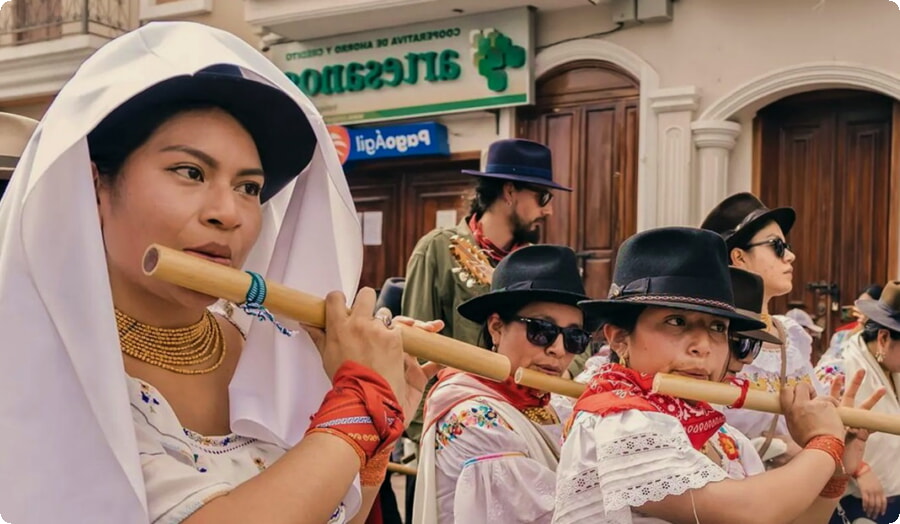
Some other notable attractions near Salasaca include:
- Cotopaxi National Park – The highest active volcano in Ecuador with an elevation over 19,000 feet! It’s possible to hike up here if you’re feeling adventurous; there are several trails leading into its crater area where you can see some pretty amazing views without any technical climbing skills required!
- Quilotoa Loop – This is a looping trail through some beautiful countryside where you’ll find yourself surrounded by mountains on all sides as well as lakes full with trout fishing opportunities! You’ll also pass through many villages along this route which make great stops for lunch or dinner breaks along your journey back down again too!
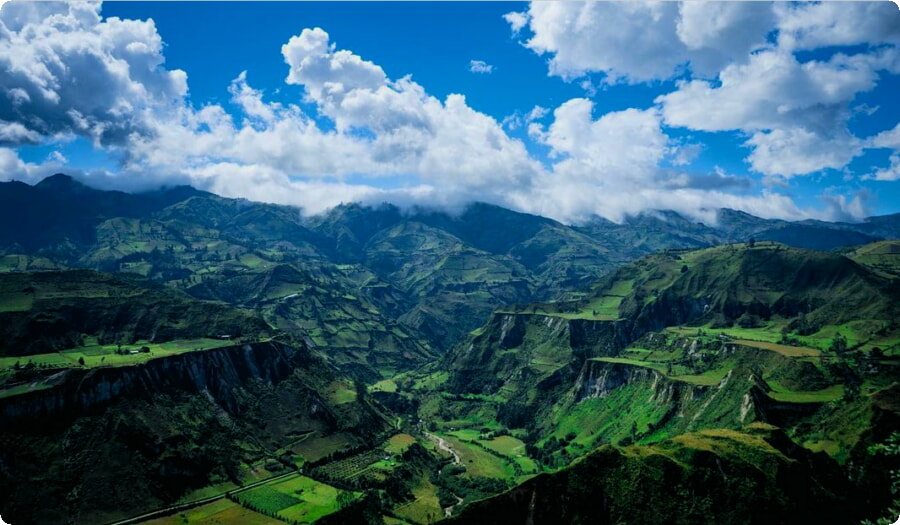
Quito – Historic Centre, a Cultural Landscape, and the Galapagos Islands
The historic centre of Quito, a cultural landscape, and the Galapagos Islands are all UNESCO World Heritage Sites.
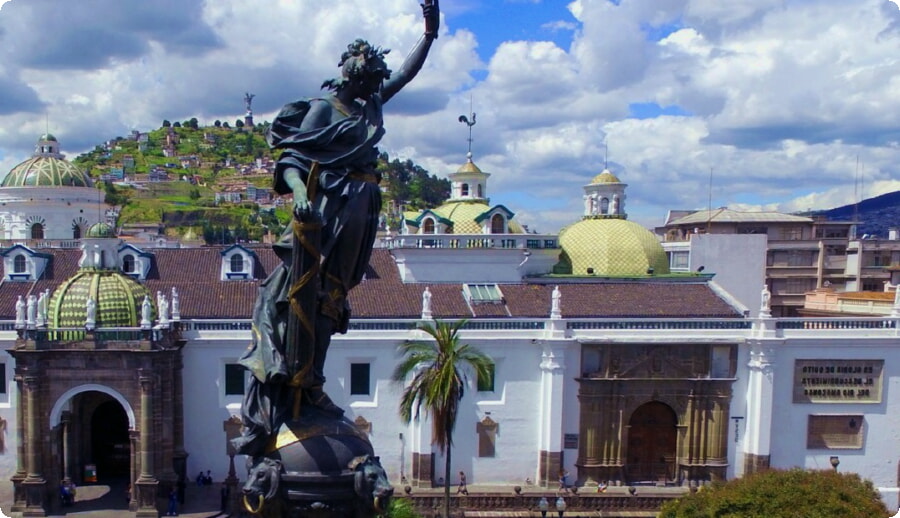
The historic centre of Quito is an example of a cultural landscape that has been modified by human activity over time. The Galapagos Islands are also part of Ecuador and have been designated as a UNESCO World Heritage Site because they contain unique plant and animal species found nowhere else on Earth.
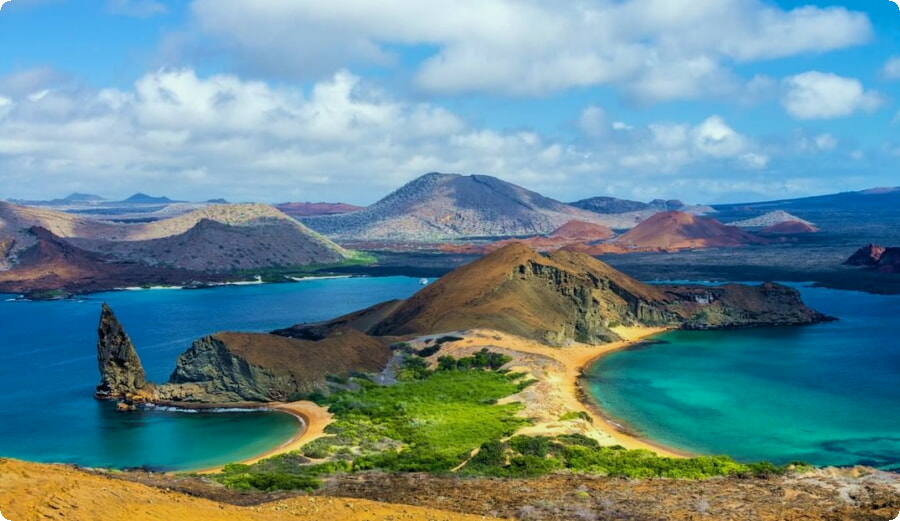
Quito is the capital city for this country with over 2 million people; it has many attractions including Cotopaxi National Park which is home to an active volcano that rises above 13000 ft (4000 m). Cuenca has many churches built into its mountainsides while Ibarra has some beautiful parks within its city limits as well as being known for its historic centre which dates back hundreds or even thousands years ago! Salasaca is another town worth visiting if only because it contains one particular church which houses Our Lady Of Valle Sanctuary – probably one of most sacred places in all Ecuadorian culture today! Finally there’s Sangay National Park nearby too – where you’ll find hot springs among other things 🙂
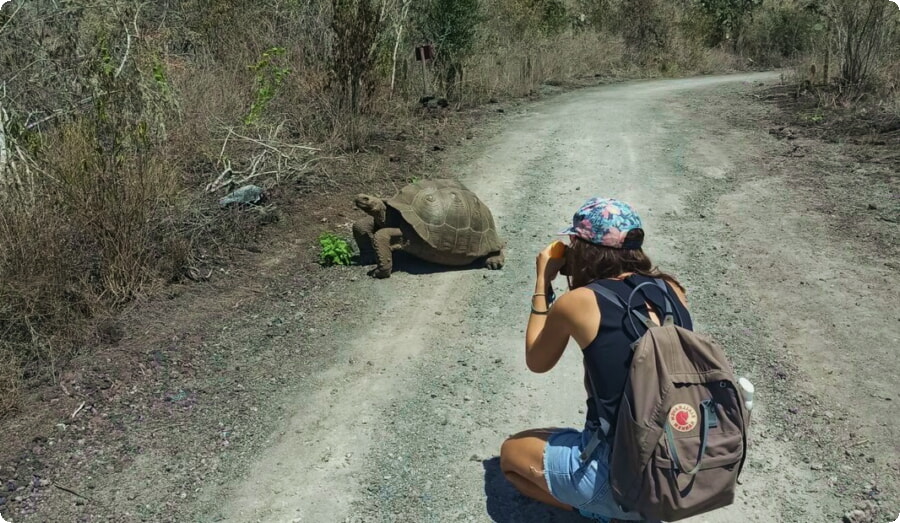
Galapagos Islands
The Galapagos Islands are a group of volcanic islands located in the Pacific Ocean. They are part of Ecuador and are famous for their unique wildlife and biodiversity as well as beautiful beaches. The Galapagos Islands have been designated as a World Heritage Site by UNESCO since 1978, when they were added to the list along with 5 other locations around the world.
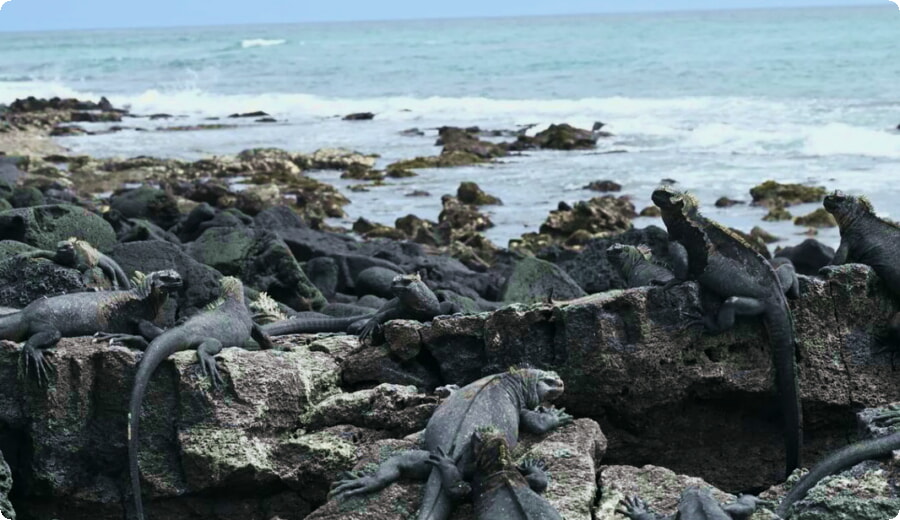
In 1835 Charles Darwin visited these islands during his five-year voyage around South America on board HMS Beagle. He observed how plants and animals had adapted to their environment over time while he was there, which led him to develop his theory of evolution by natural selection (also known as “Darwinism”).
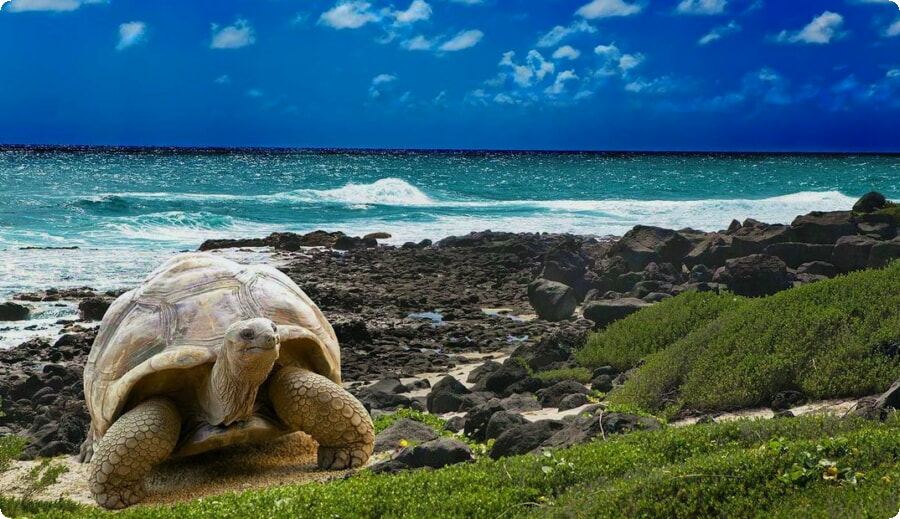
Sangay National Park
Sangay National Park is a national park in the Sangay mountain range in Ecuador. It is located in the Tungurahua Province, Ecuador, and contains a volcano that rises to 5,230 meters (17,160 ft) above sea level. The park was created on December 31st 1975 for protection purposes and named after the extinct volcano Sangay.
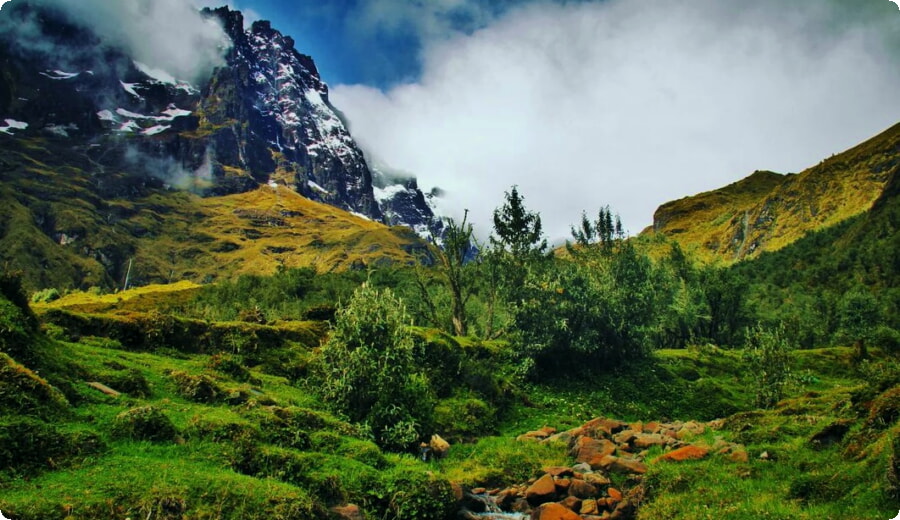
The Sangay volcano is one of the most active volcanoes in Ecuador and has been erupting since 1934 with some periods of reduced activity.
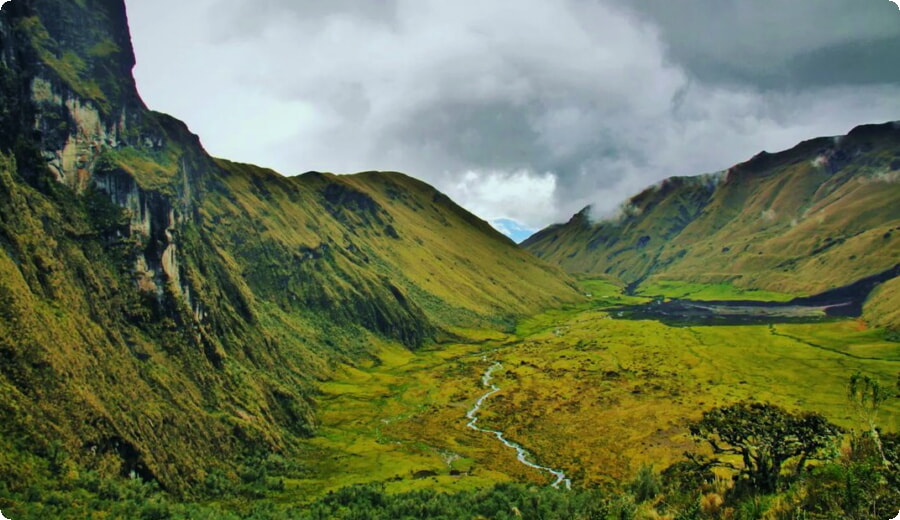
Sangay National Park was declared a World Heritage Site by UNESCO in 1983 because it has diverse ecosystems including tropical montane forest at high elevations mixed with paramo grasslands at lower ones
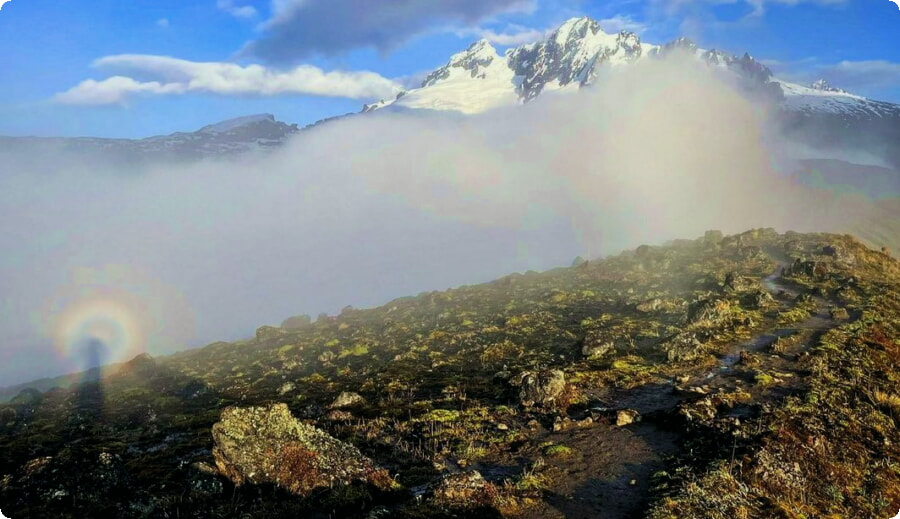
The World Heritage Sites in Ecuador are some of the most beautiful natural sites in the world. They are also important for their cultural significance and history. If you’re planning a trip to Ecuador, make sure to add these places on your itinerary!

